The first time I saw the parents tending to their nest, I felt a quiet thrill, silenced by awe and wonder. They were striking, with a brilliant golden ‘helmet’ and a black mask over their eyes. The mother sat patiently in the nest, keeping her newly hatched and unfeathered chicks warm. Her partner flitted in intermittently, feeding her small insects, before darting away to gather more food to satisfy the voracious appetite of his growing family.
The birds in question were the critically endangered Helmeted Honeyeaters, one of the few bird species endemic to Victoria and the state’s faunal emblem. Thirty years ago, the only remaining wild population of Helmeted Honeyeaters had a mere 50 birds. Thankfully, intensive population monitoring and management has seen the species recover to roughly 230 birds. Yet the future of the Helmeted Honeyeater remains imperilled.
A national recovery program is underway to try to ensure the future of this species. Those of us who volunteer in the recovery program regularly head out to the reserve which houses the remaining population to provide supplementary food for the Helmeted Honeyeaters. We identify which individuals are present by their unique leg colour bands, monitor for any indications of ill-health, and when breeding season is upon us, we look for signs of breeding behaviour. Every time I’ve seen a nest, I’ve felt that same awe I did the first time, marvelling at the promise and possibility of life to come.
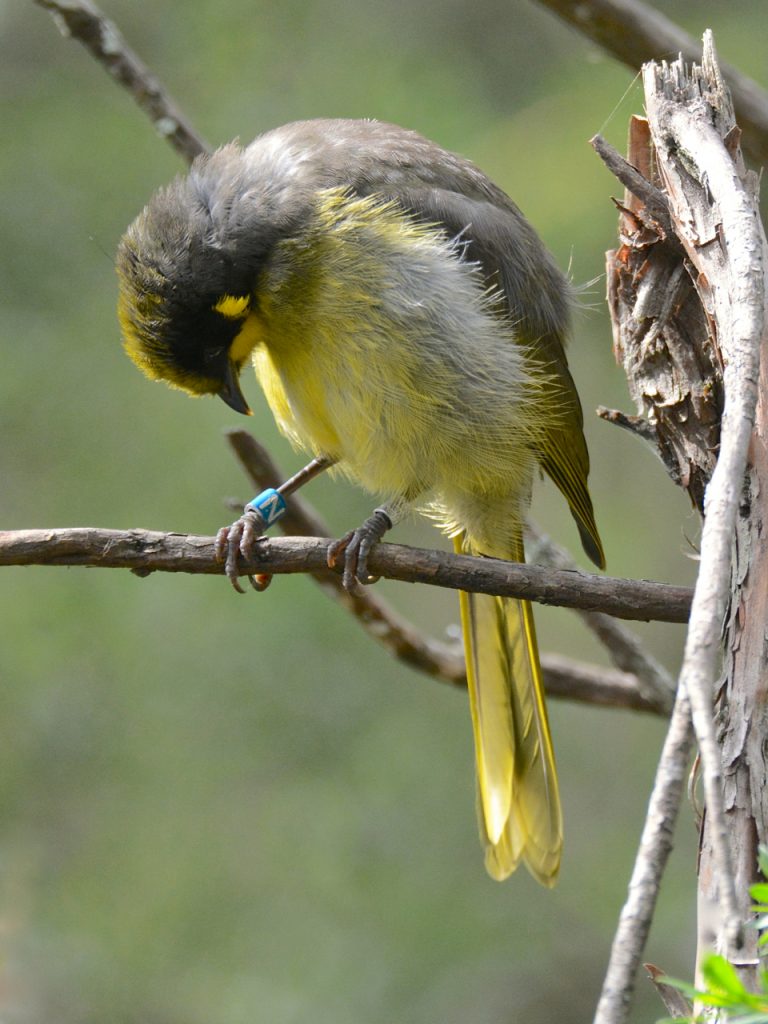
But it is here in this promise of new life that the problem facing this species presents itself. The Helmeted Honeyeater population is at risk from low genetic variation as a result of inbreeding (breeding between close relatives). This kind of inbreeding is unavoidable when a population becomes too small, and therefore affects many threatened species. Low genetic variation is associated with reduced reproductive success, shorter lifespans and compromised immune function.
For example, although the birds continue to breed every spring, there are an unusually high number of unhatched eggs with many embryos dying during the incubation period. Left alone, the level of inbreeding is expected to worsen and would most likely result in the species going extinct within 50 years.
In response to this dire prognosis, an unusual and innovative move was made to assist their recovery: hybrid Helmeted Honeyeaters (crosses of Helmeted Honeyeaters and Yellow-tufted Honeyeaters) were released into the wild population in the last two years with the hope that they will integrate and breed with resident Helmeted Honeyeaters.
This technique is known as ‘genetic rescue’ and traditionally involves introducing outbred individuals from another population of the same species into the inbred population of concern. These new, healthy individuals bring in new genes, which increases genetic diversity in the population and so reduces the negative effects of inbreeding.
In this case it was not possible to use outbred birds from another Helmeted Honeyeater population, given that the population we are trying to rescue is the only one left. Instead, individuals were sourced from the closest relative of the Helmeted Honeyeater: Lichenostomus melanops gippslandicus, a subspecies of the Yellow-tufted Honeyeater. We know that the two subspecies are compatible because of historic records of them breeding naturally in the wild when their habitat distributions overlapped, and because of carefully monitored trials completed at Healesville Sanctuary.
Therefore, the recent releases simply provide a human-mediated method of restoring the natural gene exchange that historically occurred and was necessary to ensuring a healthy, resilient population. The intention, of course, is to introduce just enough new birds into the population to reverse the declining genetic variation, but without hybridising the subspecies completely and overriding those features that make the Helmeted Honeyeaters unique.
The genetic rescue intervention could not only prove the saving grace for a critically endangered species, but also set the precedent for how conservation work is conducted in the future. As our landscape becomes increasingly fragmented as a result of urban development, many populations of animals may find themselves isolated in small pockets of habitat. If they can no longer mix and mingle with other groups, they too may eventually experience the negative effects of inbreeding.
Human intervention may become necessary to facilitate the movement of individuals between populations in order to ensure their long-term survival. While far from a silver bullet, genetic rescue could give us one tool with which we can sustain healthy populations in a fragmented environment.
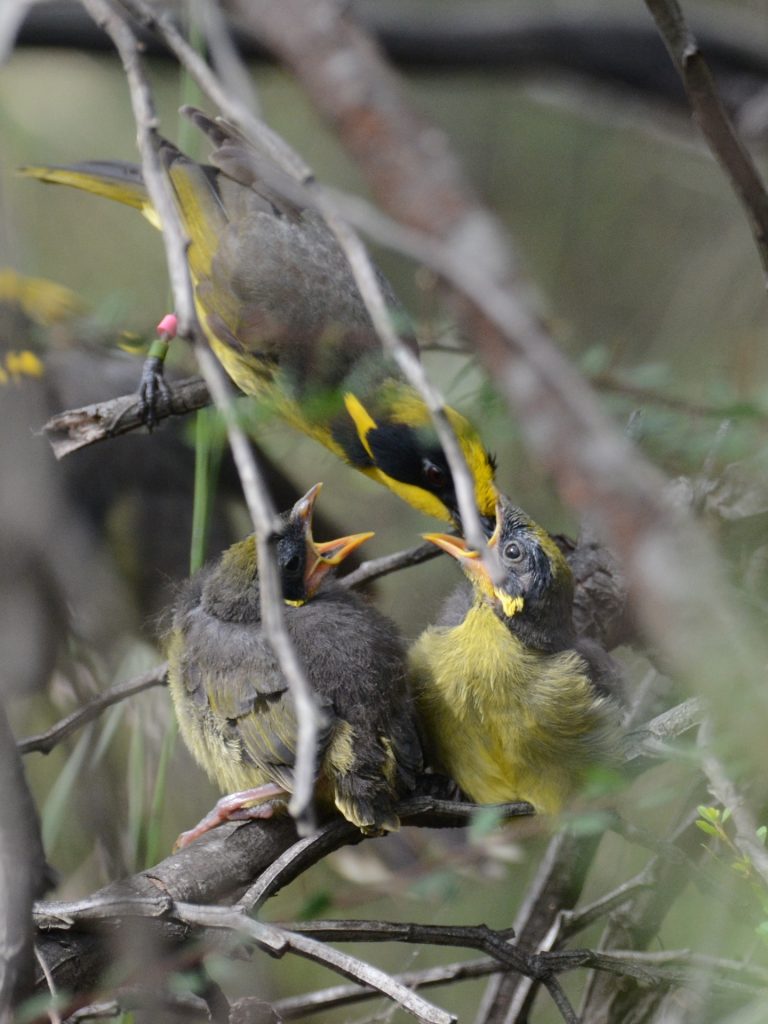
Every time I’ve seen a nest, I’ve felt that same awe I did the first time, marvelling at the promise and possibility of life to come.
Back at the reserve on a late winter morning, the crisp air fills my lungs. Soft golden light filters through distant treetops, casting a patch-quilt shade on the forest around me. The Coral Ferns and Maidenhair Ferns are vibrant and radiant green in the cool and damp of winter, and the orchids are beginning to push their way through the rich soil, as if to hasten the arrival of spring. I take the longest, slowest breath I can and listen to the familiar calling of birds that have called this riparian forest home for thousands of years.
But now this world – their world – is changing so quickly, and they will need our help to meet the challenges ahead.
Banner image by Dylan Sanusi-Goh – Own work, via Wikimedia Commons [CC BY 4.0]

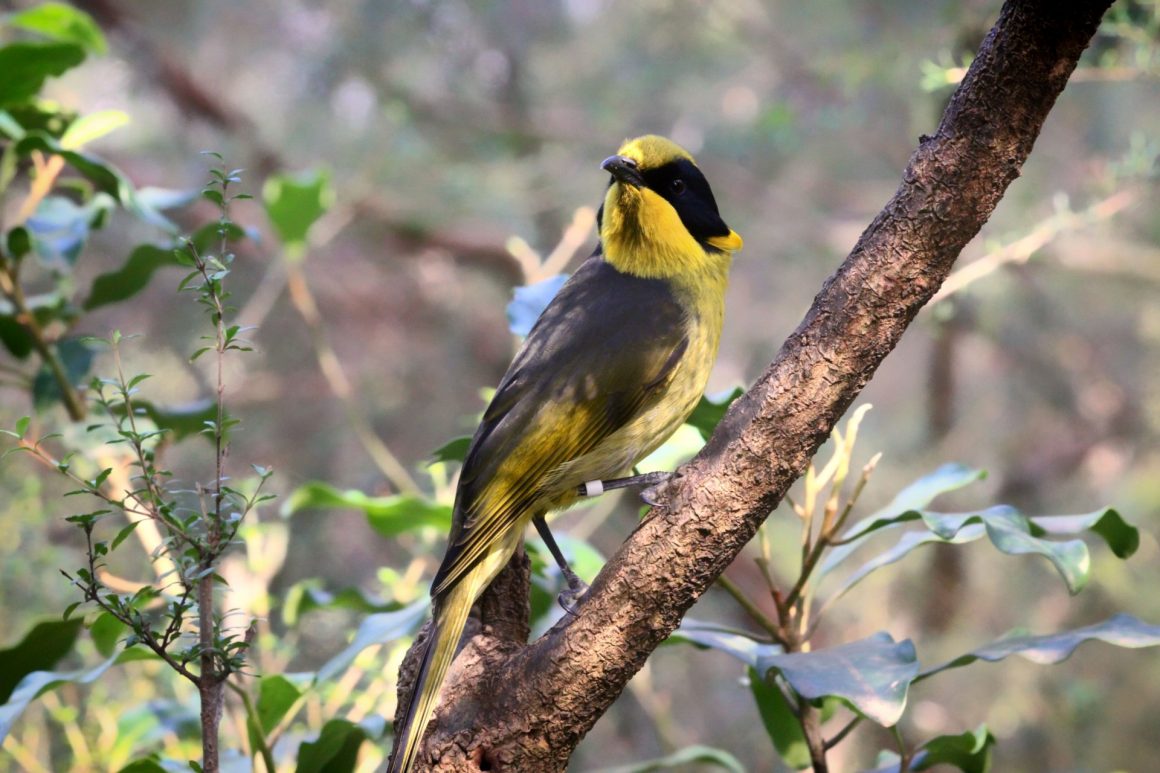
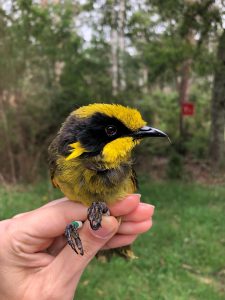
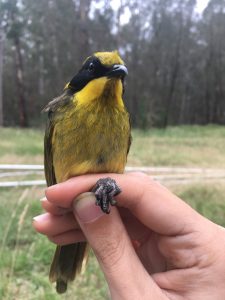
Leave a Reply